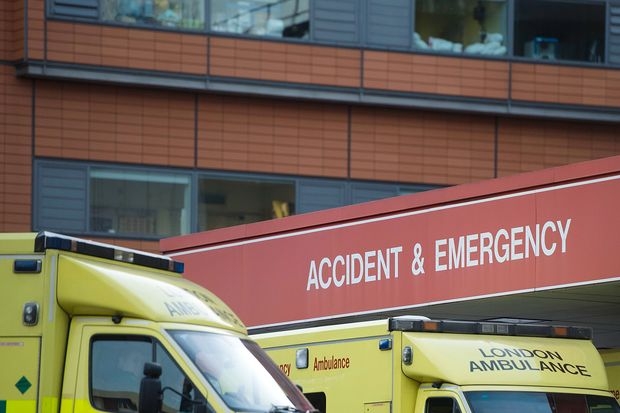Birmingham, home of Cadbury, the X-ray and state education, has just scooped another accolade. Today it has emerged as the ‘crash for cash’ capital of Britain – and it’s nothing to do with Spaghetti Junction.
A deliberate car crash was staged every three hours in the UK last year in order to net fraudsters compensation from fake injury claims. Aviva, a leading insurer, examined its own claims data and found that 25 per cent of its 3,000 crash for cash claims took place in Brum.
Some are ‘staged’, whereby two damaged vehicles are brought together and made to look like they’ve collided, injuring the passengers insured. In others, fraudsters target innocent motorists by banging into them.
The insurer said there were more fake crashes in Birmingham than the rest of the cities making up its top 10 crash-for-cash sites put together – a list including parts of London, Leeds, Harrow, Bradford, Luton, Coventry and Oldham.
It said the worst postcode for ‘induced accidents’ in the whole of the UK is Birmingham’s B11 postal zone, spanning the areas of Sparkhill, Sparkbrook and Tyseley. Taken on its own, it would rank as the third worst city in the UK for crash for cash. Aviva revealed that the top eight UK postcodes for crash for cash are all in Birmingham, with other hotspots including the WR5 postcode of Worcester, CT9 in Margate and LE3 in Leicester.
The problem has reached pandemic proportions, say insurers. By way of example, in January Aviva reported a particularly shocking case of fraud it had detected when 46 clubbers onboard a ‘partybus’ in Crewe tried to pocket more than £250,000 in fake whiplash claims. The double-decker they were travelling on was involved in a low-speed crash so minor the passengers didn’t even notice when it occurred. Aviva said the cost of the damage to the bus was just £70 and not a single reveller sought medical attention when they arrived at their venue for the evening – a local nightclub.
The insurer also reported that motor fraud is the largest source of fraud it encounters, responsible for 60 percent of all claims fraud, with a value of £58 million. One-in-nine whiplash claims submitted to it is ‘tainted by fraud’ and it is currently investigating 17,000 suspicious whiplash claims, with 4,000 of its motor injury claims linked to ‘known fraud rings’.
The government says bogus whiplash claims costs the country £2 billion every year, adding an average of £90 onto each car insurance policy. In a bid to quash the industry that has sprung up to profit from such claims, which includes a swarm of claims management companies and specialist personal injury firms, in his 2015 Autumn Statement the Chancellor said he would scrap the right to cash compensation for minor injury claims. Instead, victims should be offered treatment such as physiotherapy – a move that could help cut insurance premiums by up to £50 a year, he said.
The claims industry, of course, disputes there’s a pandemic. It says insurers exaggerate the issue in order to justify ever-increasing premiums. But that doesn’t explain why the UK has become the whiplash capital of the world – overtaking the US in the process. Around 80 percent of minor injury compensation claims made in the UK are for whiplash, compared to 65 per cent in the US, according to another insurer, LV=. In France, the percentage falls to a single figure.
It’s high time our government stops talking about the problem and puts an end to the gravy train that puts innocent motorists in harm’s way and costs them, the emergency services, the courts and the taxpayer an arm and a leg.
Laura Whitcombe is knowledge and product editor at ThisisMoney.co.uk






Comments